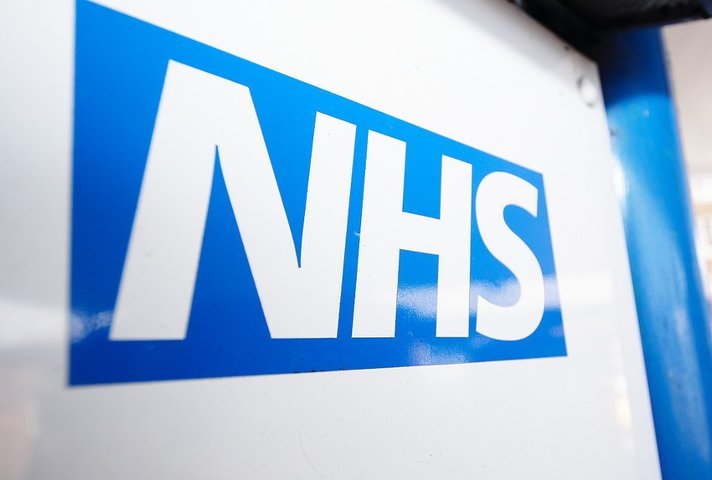A new plan to ease pressures on emergency care aims to ramp up the use of technology that can enable patients to be treated at home
Credit: Crown Copyright/Open Government Licence v3.0
There are now well over 100 so-called virtual wards operating across England and the government hopes to tackle the emergency-care crisis by using such facilities to treat as many as 50,000 NHS patients per month.
The concept of virtual wards is to enable patients to be treated in their own home, rather than in hospital. This can be achieved via the use of technology – such as connected medical devices, monitoring apps, and video consultations – supplemented by face-to-face care provided by healthcare professionals operating in the community.
The intention to ramp up the use of virtual wards was set out in the Plan for Digital Health and Social Care published by government last summer. Falls and frailty were identified as issues that could be increasingly treated at home, alongside respiratory and cardio conditions.
According to secondary care minister Will Quince, by November 2022 a total of 115 “tech-enabled virtual wards” had gone live across the country, supporting patients in 35 of the 42 integrated care system areas across England.
“Virtual wards… are helping patients be treated and monitored at home, thereby improving the experience of care and freeing up beds in hospitals for those people that need them most,” he said, in answer to a written parliamentary from Labour MP Rachael Maskell.
Quince’s comments came just ahead of a new Delivery plan for recovering urgent and emergency care services, that was published today by NHS England and the Department of Health and Social Care. The document sets out a range of initiatives and investments that are intended to relieve pressures and bring down the massive waiting times many patients are currently experiencing.
Related content
- NHS Digital cites transformation ‘turning point’ after £750m investment in FY22
- Mental health: NHS looks to digital and data to close ‘historic treatment gap’
- Legislation finalising merger of NHS Digital aims to ‘ensure good practice continues’
Among the measures outlined in the plan is an ongoing increase in the capacity of virtual wards, which currently house a cumulative total of 7,000 beds across the country. The aim is to increase this to 10,000 “ahead of next winter”.
The ultimate aim is to enable virtual ward beds to support a monthly tally of 50,000 patients per month. This would require 40 to 50 virtual hospital beds for every 100,000 people in the country – equating to somewhere in the region of 22,000 to 28,000.
The digital healthcare plan released last summer set the target of achieving this by March 2024 – although the new emergency care recovery strategy describes this only as a “longer-term ambition”.
Current utilisation of virtual ward capacity stands at about 65% – a figure which the NHS intends to grow to 80% by September, according to the plan.
“The virtual ward programme is in its first year, and as local areas have tried different models, they have learnt about what works best for patients, and some have scaled faster or been utilised better than others,” the document said. “NHS England will work with systems to establish a data-driven approach to peer review that supports implementation. National and regional support will be provided through tools and resources to enable service review, clinical audit and approaches to diagnostics and tech enablement.”
It added: “NHS England will support systems to implement new models of virtual wards, in more clinical areas, including for patients with a broader range of conditions. Clinical advice on which areas are most appropriate for this expansion is currently being developed and clinically led guidance and guidelines will be put in place to allow people to scale ahead of winter for priority pathways including heart failure and paediatrics.”
Announcing the plan, health secretary Steve Barclay said that “up to 20% of hospital admissions are avoidable with the right care in place”.
“By expanding the care provided in the community, the most vulnerable, frail and elderly patients can be better supported to continue living independently or recover at home,” he added. “This includes rolling out more services to help with falls and frailty as well as supporting up to 50,000 patients a month to recover in the comfort of their own homes. Not only will patients benefit from better experiences and outcomes, it will ease pressure on our busy emergency departments.”




